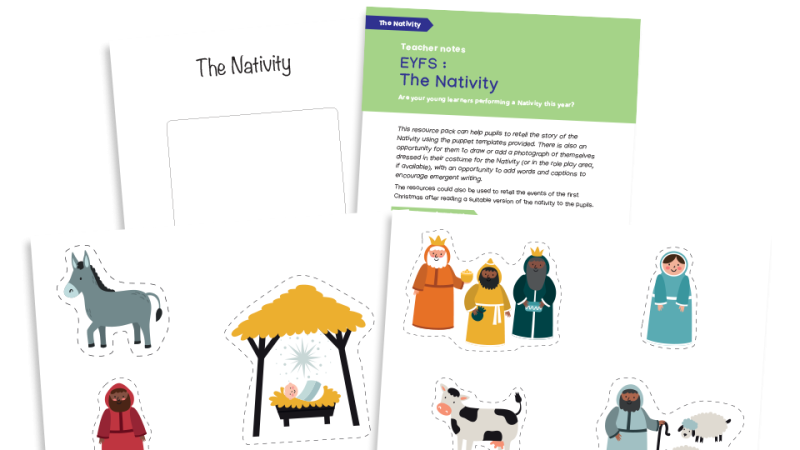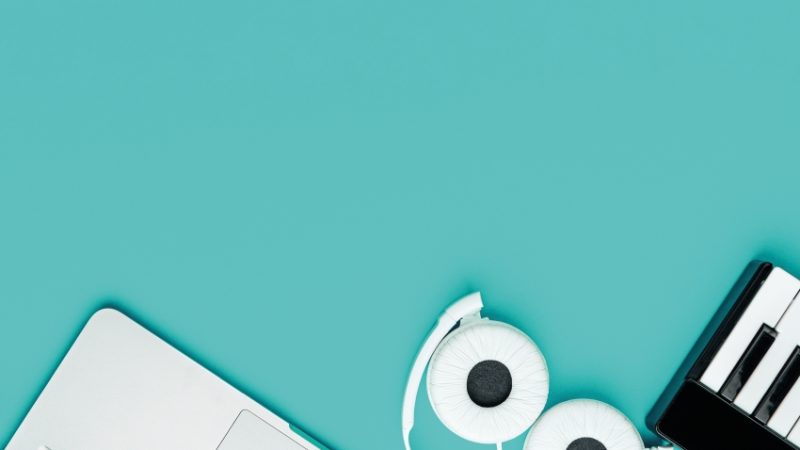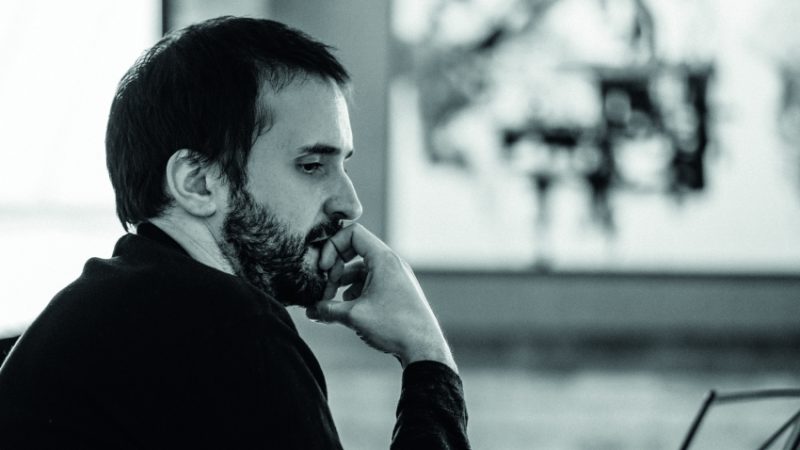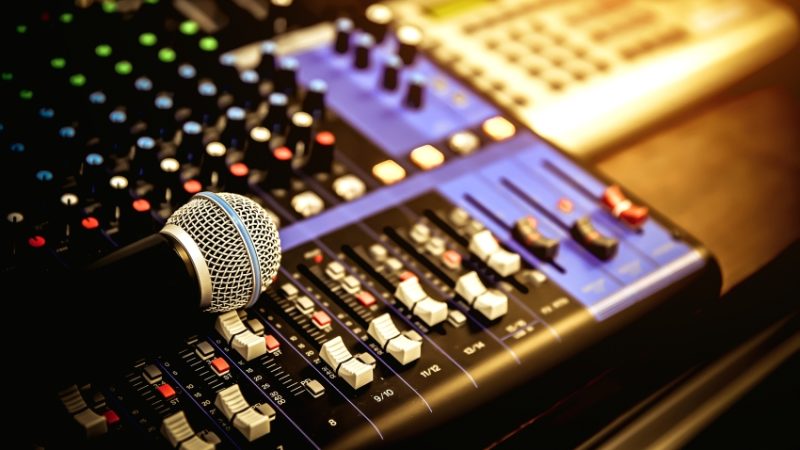Schools should celebrate what music offers that other subjects cannot

Instead of endlessly arguing over music’s ‘academic’ credentials, why don’t we celebrate what it can provide for students, asks Martin Ainscough…
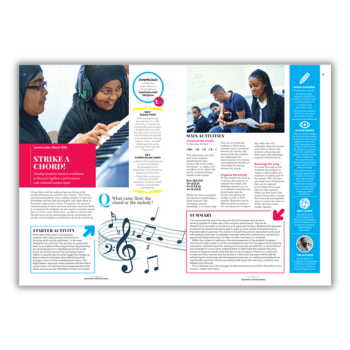
Over the past few years a ‘perfect storm’ in education caused by budget restraints and the introduction of progress 8 and the EBacc, along with the contraction of KS3, has led to significant issues for music and arts education in secondary schools across the country.
This has ultimately led to a reduction in the quantity and quality of arts provision that young people experience in the state education sector.
Conversations and debates on Twitter and in the education world have centred around whether or not music is indeed an ‘academic subject’ (whatever one of those actually is) and as a result should after all be included as part of the EBacc.
However, I believe that for too long, we have tried to justify the subject of music by its ‘academic’ credentials, when we should actually be celebrating and promoting the uniqueness of the subject in our classrooms and immersing our students in the joy of performing and making music.
Let’s dance
There has been a video on YouTube for some time now called Leadership Lessons from the Dancing Guy – it is often used in leadership courses and is a resource I have used it regularly in leading my own team and delivering leadership courses.
It features a video recording of a man dancing in a field who at first appears like a lone idiot. However, his enjoyment and energy soon spread and he gains his ‘first follower’, who normalises his behaviour; soon a whole crowd is involved in the dancing. Music teachers need to be bold, just like the dancing guy – to be happy to be different from purely ‘academic subjects’, and to exploit our ability to engage students in practical, hands-on and real-world learning in ways that aren’t possible in an English or maths lesson.
We need to remove non-musical activities from our lessons in order to use the power of music itself to move students emotionally, and to build upon their experiences of it outside of school.
Music lessons should involve instruments in hand and should fully engage every learner by using the songs, tunes and instruments that young people enjoy, like and identify with.
It is these principles that form the cornerstone of Musical Futures, which has transformed the way we teach music in my school and has provided us with the catalyst to ensure that it offers something for every pupil.
Embedding this way of learning has led to 27% of our students choosing to take one of our three music courses at KS4, achieving positive progress 8 scores within these subjects.
Just play…
In year 7, using the Musical Futures Just Play resource enables us to ensure that all of our students are able to play a range of instruments competently and that they have a good understanding of chords, melody, structure, rhythm and the elements of music.
Throughout the Just Play project, they have the opportunity to develop their skills on vocals, ukulele, guitar, bass, drums and keyboard.
The resource is structured to take learners from picking up the instrument for the first time to being able to play a full chord sequence, drum beat, bass line or melody as part of a whole class ensemble.
Importantly, it enables children to use the kinds of music that they genuinely listen to and identify with, and the use of backing tracks within the resource helps to scaffold the performances and encourage students to improve.
Changing the way our classroom space is used has helped to facilitate this practical style of learning. Teaching rooms are designed to look like a music shop – with a range of instruments readily available on walls and around the classroom.
There are no desks and no books – talk centres around the music and we use subject specific terminology, but we do it as we are playing, so that students are able to develop a deep understanding of the musical concepts not just by reciting a definition, but by actually incorporating them into their playing.
By the end of this project, students have developed a range of musical skills which enable them to work independently in musical groups because they have the skill and intrinsic motivation to want to improve and achieve in music lessons.
It has also meant that we have been able to utilise resources such as the ‘BBC Ten Pieces’ with our classes in order to expose our students to classical music by engaging in whole class performances of Greig’s ‘Hall of The Mountain King’, for example.
We also use a lot of the additional Musical Futures playalongs to ensure that classroom repertoire remains current.
Emphasis on practical learning continues at Key Stage Four, for which we use the set work playalongs in order to immerse our students in the music that they need to understand in order to be successful for the exam.
Authentic sounds
It is essential that music in school reflects what students are listening to outside of the classroom, and can be used as a starting point to explore different and unfamiliar genres – no matter how daunting the prospect for us as adults.
A survey of our Year 10 learners revealed that the top genres of music for them were: Drill, Soundcloud Rap, American Rap and House Music.
Our challenge as music educators is to ensure that we can facilitate young people to learn through these styles of music, which are often way out of our comfort zones.
This requires investment in technology, and our recent introduction of DJ controllers and Ableton Live has created a real interest amongst pupils who are hungry to explore styles of music that they so readily identify with, and to do so in an authentic way using the tools that real musicians are using.
Let’s stop worrying that we’re not considered to be’ academic’ – rather, let’s focus on the enjoyment, engagement and lifelong passion for music that we can encourage by celebrating the difference of our specialism from the core subjects, and ensuring that our classrooms are places where students are able to learn practically and in authentic musical ways.
Practical learning in music – 6 ways to get your SLT on board
- Collect evidence from the voices in music education – collate this into a vision for your curriculum/department and share with your SLT link
- Collect examples of precedent – which schools do this, how do they do it and how do they manage to meet accountability measures?
- Come up with a plan for assessment, without the need for written work from students – Explore how subjects like PE do this in your own school and find out what Martin Fautley and Dylan Williams have to say about it
- Explore funding from external sources
- Encourage SLT to allow you to trial an approach with a particular group and demonstrate the impact of this
- Invite your headteacher to come into a lesson to see a performance
Martin Ainscough is Director of Creative Learning at Fred Longworth High School in Wigan where he teaches Music. He is also a Director of Musical Futures – a not for profit organisation that aims to improve the quality and relevance of music education for young people.







